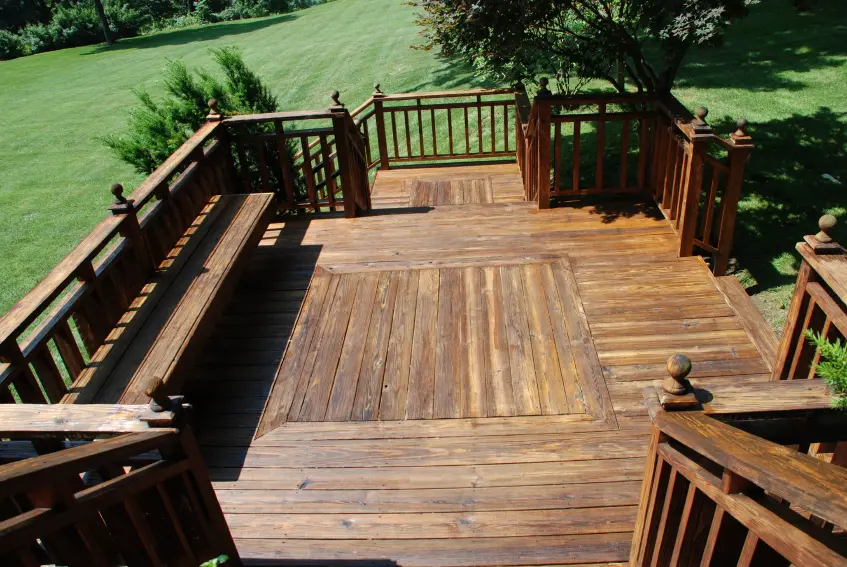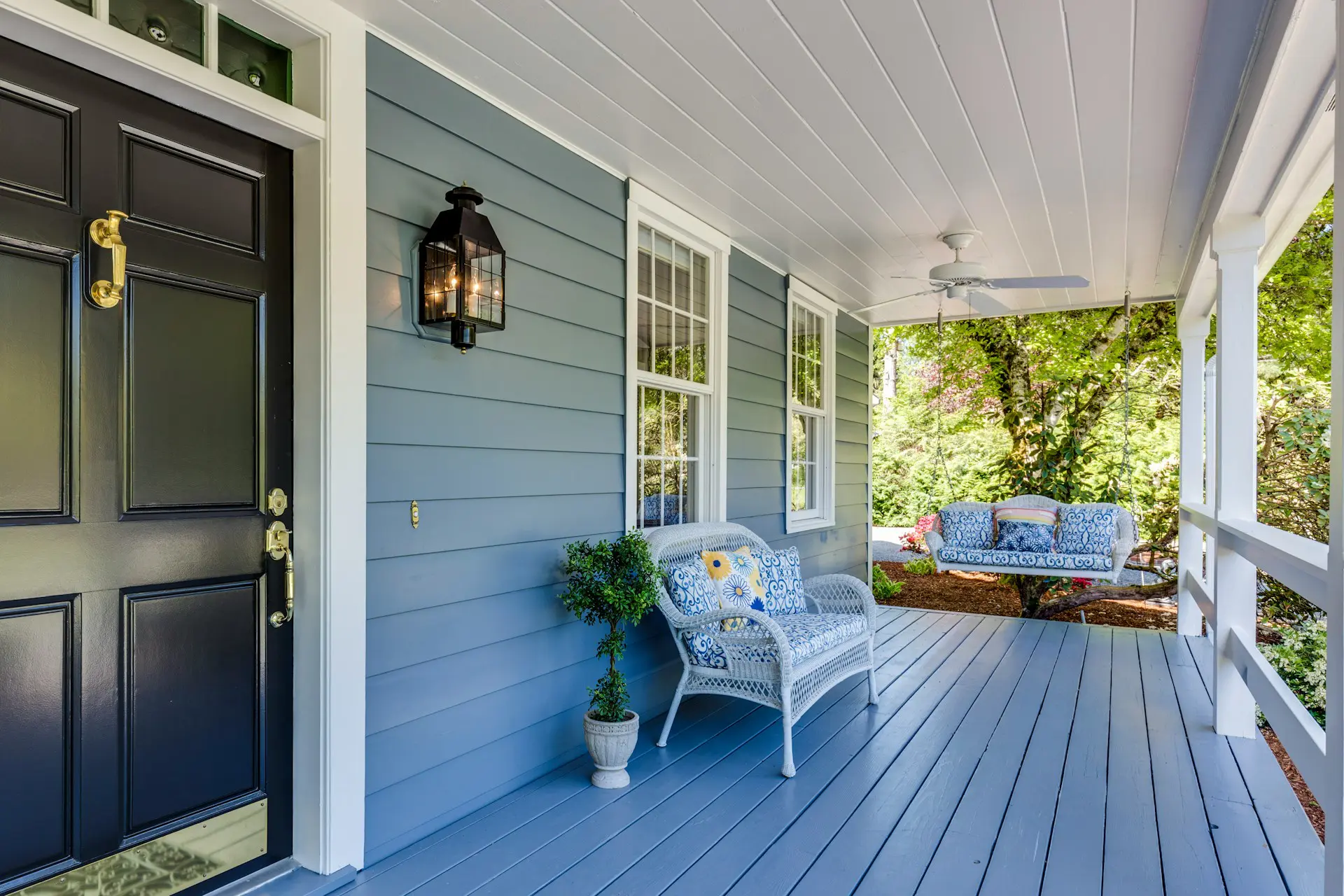10 Tips For Preserving the Beauty of Your Wooden Decking

When you think about it, outdoor wooden decking is subject to a serious amount of abuse. You might think that being exposed to the elements throughout the year is just about as harsh punishment as your decking will ever see. In reality, it’s probably during the warmer months of the year when it is seeing the most use that it will be put through its paces like you wouldn’t believe.

Unsurprisingly therefore, wooden decking can deteriorate rapidly, unless it is provided with the regular maintenance and care it requires. The good news is that taking care of decking on an ongoing basis is considerably easier and more affordable than waiting for things to hit crisis point before implementing major repairs. It’s more about proactivity and attention than it is physical labor – the following 10 tips representing a great place to start:
1. Avoid Trapping Dirt and Water
First of all, if you have any planters of any kind on your deck, keep an eye on them to ensure that they are not allowing dirt or water to become trapped between the bottom of the planter and the surface of the wood. Where dirt and/or water become trapped and remain in contact with the surface of the wood for long periods of time, this can lead to both unattractive staining and physical damage to the wood itself.
2. Sweep Regularly
One of the easiest ways of preventing your wooden decking from becoming unsightly is to simply make with the sweeping brush on a regular basis. The more you allow dirt, dust, leaves and so on to accumulate, the higher the likelihood of it doing a number on the looks and the integrity of your decking. Try to get into the habit of sweeping it off throughout the year, as opposed to simply when you are using it.
3. Protect Where Possible
If you are expecting any particularly severe weather, it’s always worth considering protecting your wooden decking to any realistic extent possible. It could be as simple as investing in some basic plastic sheeting, simply to protect the boards from damage during harsh conditions.
4. Pressure Problems
A pressure washer has the potential to be the best friend or the worst enemy of your decking, so proceed with caution. Used sensibly with approved products and a careful approach, a pressure washer can be simply fantastic for giving decking a deep and effective clean. However, get carried away with the pressure and there is every chance you could end up doing more harm than good.
5. Approved Products Only
Speaking of which, never fall into the trap of thinking that any of the various random cleaning products you happen to have around the house will be suitable for use on your decking. Unless they are specifically designed for this purpose and have been approved for this kind of use, you might want to think twice about compromising the health and integrity of the wood.
6. Clean and Seal
Along with cleaning your deck on a regular basis, it’s also important to have it sealed every 2 to 3 years at least. Sealing is a relatively straightforward job, if you have the required tools and time to set aside for the project. Of course, you could always have the professionals come in and get the whole job completed in a few hours, most likely for less than you would spend on tools and accessories!
7. Take Special Steps For A New Deck
If your deck has only just been installed, you might want to think about hiring the professionals to come in and give it a comprehensive clean from top to bottom, remove surface impurities and kill any mildew spores that may be present in the wood. Once everything has dried, it will need to be treated with a waterproof sealer. However, make sure you give it at least 60 days before going about the cleaning and staining process, in order to give the wood sufficient time to ‘age’.
8. Don’t Apply Paint
Don’t be tempted to grab a can of regular paint and add a dash of your chosen color to your exterior decking. The reason being that it won’t be long before the paint begins to crack and peel, which will mean unnecessary and additional maintenance for you and a rather tired, unfortunate look for your decking. Stick with oil-based stains and approved products only.
9. Make Repairs Promptly
Every time you come across a minor imperfection that could do with being repaired, the best advice is to repair it right away. From loose nails to splits and splinters to signs of rot and so on, these are all the kinds of problems that put both your decking and your health at risk, the longer you leave them unaddressed. It’s the old “a stitch in time saves nine” adage in everyday practice!
10. If In Doubt…
Last but not least, if you are in any doubt whatsoever as to what your decking needs or how to provide it, the best advice is to ask the experts. Even if it’s simply for a brief consultation to point you in the right direction, it makes so much more sense than hacking away at things and making them worse than they already are!










